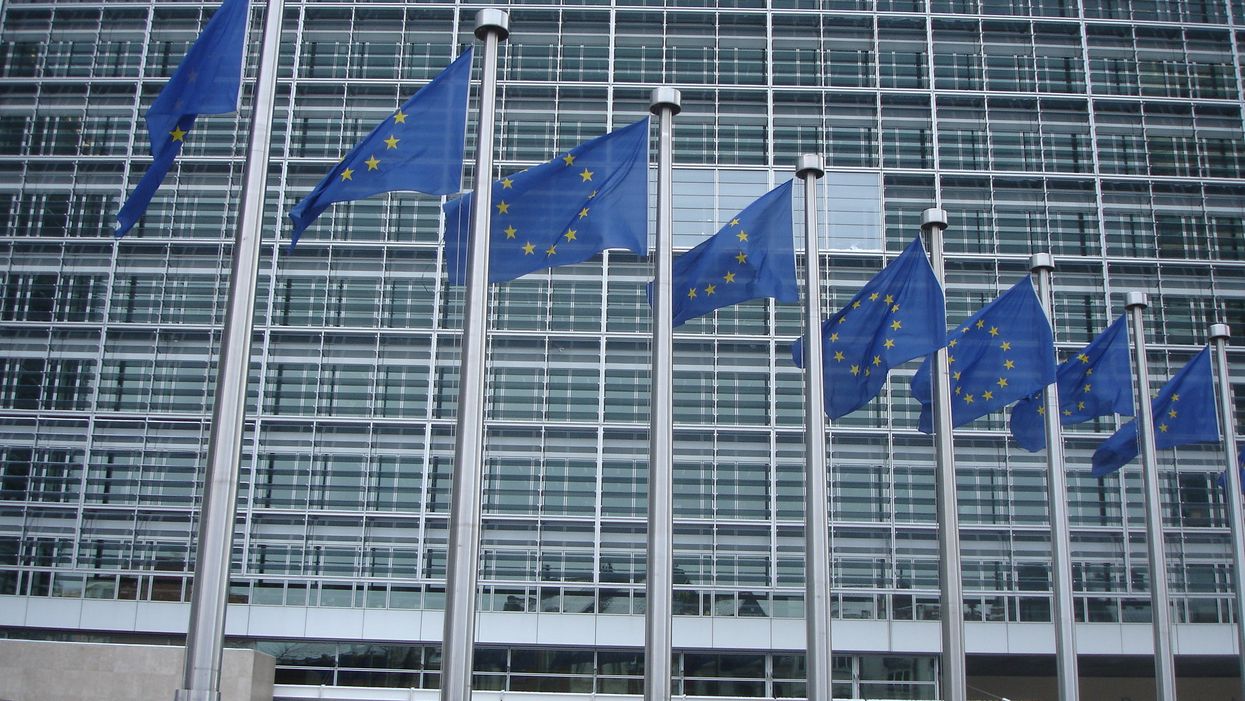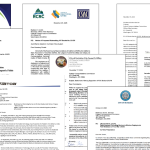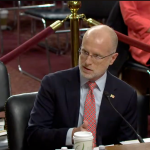
An article written by a group of 19 toxicologists has been published verbatim in eight toxicology journals in the last four months.
The article is titled, “Human exposure to synthetic endocrine disrupting chemicals (S-EDCs) is generally negligible as compared to natural compounds with higher or comparable endocrine activity. How to evaluate the risk of the S-EDCs?”
It was published in Environmental Toxicology and Pharmacology, Elsevier; Chemico-Biological Interactions, Elsevier; Food and Chemical Toxicology, Elsevier; Toxicology Letters, Elsevier; Toxicology in Vitro, Elsevier; Computational Toxicology, Elsevier; Archives of Toxicology, Springer; and Journal of Toxicology and Environmental Health Part A, Taylor Francis.
From the title, one might believe this is an important and original article, or an in-depth review in the field of endocrine-disrupting chemicals (EDCs). Such chemicals are the focus of much research as they interfere with normal hormone function and are thereby linked to a wide variety of human diseases, including infertility, endocrine cancers, obesity, type 2 diabetes, learning disorders and immune problems.
However, their article is neither important nor original. It is not an in-depth review.
It is an opinion piece.
The authors decided their opinion was so important to the field that it must be published in multiple journals at once. But important to what field?
The focus of the article is on endocrine-disrupting chemicals, so one might think it was written by experts on such compounds.
Not true.
None of the authors are endocrinologists or biologists who study endocrine-disrupting chemicals.
They are all toxicologists, and none has “hands on” expertise in the endocrine-disrupting chemical field.
The authors are not just ordinary toxicologists, but toxicologists with ties to the chemical industry.
One cannot deduce this from the editorial because the authors claim “no conflicts of interest.” But a recent article in Le Monde (which EHN translated into English) details their actual conflicts of interest, which are considerable.
So, we have a group of scientists with no expertise in the endocrine-disrupting chemical scientific field, with undisclosed ties to the chemical industry, who have written an editorial so important it needed to be published in eight journals simultaneously.
But is the science accurate? Unfortunately, no.
With regard to the science there are three important issues.
- First, the endocrine-disrupting chemical field is a fast-moving field, and to understand the current state of the science one should focus on the latest research. Only five of the 45 references in the opinion piece are from 2018-2020, and the current state of the science cannot be represented when most of the references are more than five years old.
- The second issue is lack of citation of publications with actual data. The editorial is based largely on opinion pieces, rather than peer-reviewed research.
- And third, the authors mostly cite their own publications, referring to their own reviews in 17 of 45 references. Their point of view is that exposure to endocrine-disrupting chemicals poses no concern; this has been their focus in their articles over the last 20 years.
How can one assess the state of a field with references this old, no up-to-date original articles or recent reviews upon which to base their opinions, and no real expertise in the field?
An “unethical attempt to foster the views of the chemical industry”
Their views disregard the huge body of evidence in the peer-reviewed scientific literature as developed by independent scientists working in the endocrine-disrupting chemical field, and supported by international medical and scientific societies, including the Endocrine Society, the world’s largest professional medical and scientific association dedicated to endocrinology.
It is curious that these editorials have emerged just before the European Parliament’s vote on their resolution on the European Chemicals Strategy for Sustainability taking place today.
This resolution is the EU Parliament`s input in the ongoing discussions for the European Chemicals Strategy for Sustainability promised for autumn 2020. It is expected that the results from the European Commission’s Fitness Check on endocrine disrupters will be included.
Another issue stands out about the editorials: Six of the eight journals are published by Elsevier Publishing Company and the journal editors are themselves among the 19 authors.
When I asked Elsevier about the ethics of publishing same article in multiple journals, they responded via email: “Please note that it is a quite a common practice for editors of several journals to agree to share information such as this. In principal Editors have the right to publish Editorials as opinion pieces or guidelines, even if controversial, by means of the same text/Editorial Note in several journals, with the aim to reach the widest possible audience.”
In my many decades as a researcher publishing in peer-reviewed journals, I have seen this occur only once before and it was done by these same writers in 2013. As with this editorial, they published the same article in four of these same toxicology journals.
This editorial and its repeat publication are an unethical attempt to foster the views of the chemical industry at the expense of human health.
Toxicologists around the globe should be outraged that this band of scientists-as-lobbyists are undermining the field of toxicology—an independent, unbiased and legitimate field of science. Honest scientists must speak up now in support of maintaining ethical standards of publication in the field of toxicology.
I call on toxicologists everywhere to stand up for their field and follow Edmund Burke’s guidance: “The only thing necessary for the triumph of evil is for good men (sic) to do nothing.”
Jerrold J. Heindel, Ph.D. retired Program Administrator from the National Institute of Environmental Health Sciences submit this commentary on behalf of HEEDs Elders (www.HEEDS.org), a group of pioneering senior scientists in the endocrine disruption field who focus on improving the health of all the world’s inhabitants.
His views do not necessarily represent those of Environmental Health News, The Daily Climate or publisher, Environmental Health Sciences.
Banner photo: Berlaymont building, headquarters of the EU Commission in Brussels. (Credit: Eoghan OLionnain/flickr)





